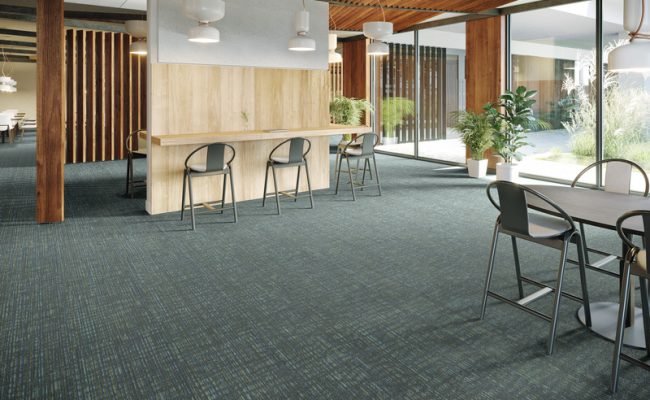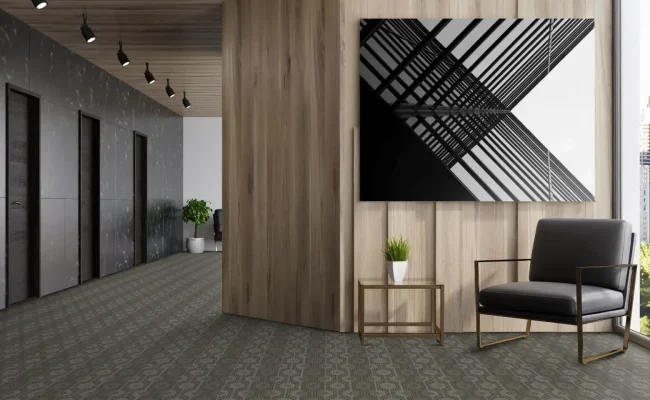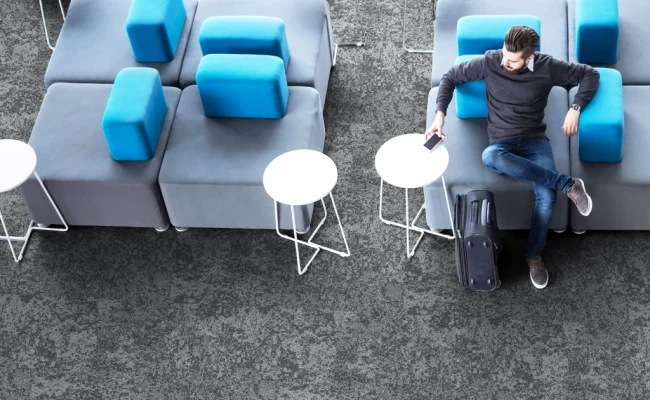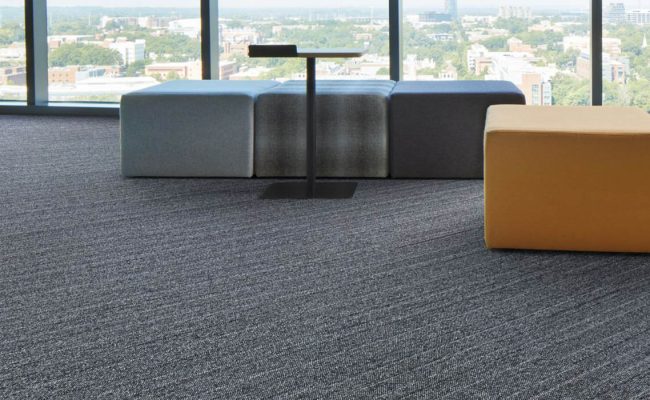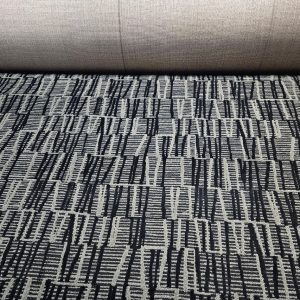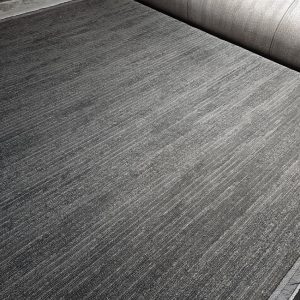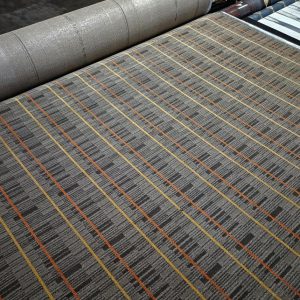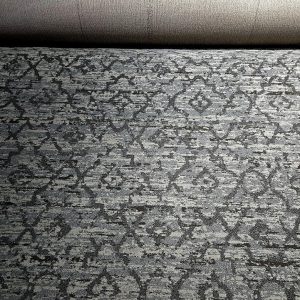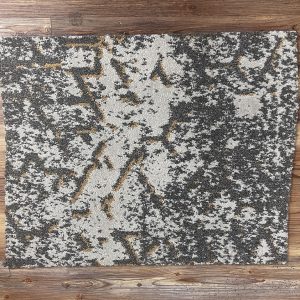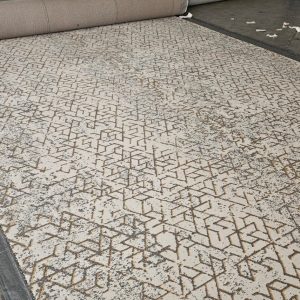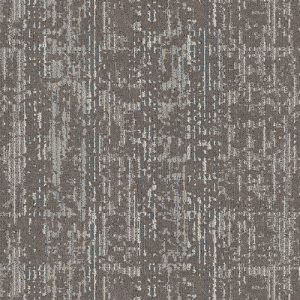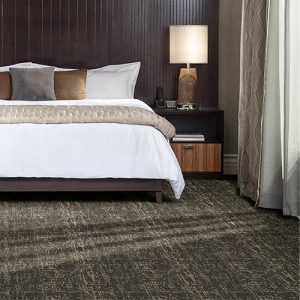When Renovating Hotels Carpet Selection Makes a Difference
A hotel renovation introduces a new look to a worn and dated interior, but it also presents challenges, especially when laying carpet.
Without a surface to walk on while the carpet is installed, areas of a hotel need to be shut down. Carpet selection made with consideration to construction and flexibility in design and buying programs can help reduce downtime and costs during a renovation.
By taking advantage of the flexibility offered by carpeting options, such as custom colors, inset patterns for corridors and no-minimum purchase requirements, properties can progress smoothly through renovations. When not required to make a minimum order, a property can purchase carpeting for a smaller section of the hotel (even one corridor or a few worn rooms), not tying up cash in a major investment and taking advantage of the time during lower occupancy.
Our program gives hotels the opportunity to renovate while experiencing a lower level of room occupancy. It will allow them to maximize their cash flow and minimize occupancy disruption.
Custom coloring of yarn-dyed nylon carpet might not sound efficient or cost effective. But when custom design is a prerequisite for a full-service property, a well-thought-out color selection can result in a distinctive palette of carpet colors and the ability to bring unique carpet designs to smaller areas of the property.
If a client selects a color palette to create its carpet from, they can put in myriad patterns. If you use the colors selected for the main hotel, but in a totally different pattern creating a unique carpet, it becomes economical to make small runs for small areas, like a snack shop or newspaper room where you may only need 50 yards of carpet.
Another design decision that can save installation time is choosing carpet styles with door-front area-rug elements premanufactured into the design down the corridor instead of installing the insets as separate components. This solution works where a hotel has standard spaced door openings and hallway crossings on each floor.
Textured carpet performs as a design element but also helps mask traffic patterns.
One of the trends we’re seeing in carpeting for hotels is a change from using cut pile to using high-low tip shear carpet. The short and long loops create a different presentation in the carpet. The varied heights will hide some of the dirt and heavy wear patterns. It can also bring more color into the room because the different sized loops can be different colors.
Selection basics
It is important to start with the basics when selecting carpet, whether the project is a renovation or new construction.
Performance is a primary consideration when choosing flooring. The initial criteria people may look at are color, to coordinate the right colors for a particular area. But if it’s going to be an ugly, dirty color in a few years’ time due to wear, then it’s not going to be the right carpet no matter the color.
A carpet’s density and the fiber type generally determine performance. The denser the fibers, the more durable. With a high-traffic area, such as a lobby, the density factor will be critical in choosing a carpet type. In lighter traffic areas, such as guestrooms, construction is not as critical.
Solution-dyed nylon is the top choice in heavy traffic areas. Nylon tends to be more durable. The fibers remember where they’ve been so when they’re continually walked on they bounce back.
Color is not only a prime factor in matching a design concept, but is also a characteristic that hides soiling.
White carpet would not be suitable in any hospitality area. Soil-disguising colors for the type of soil in that particular area mean that cleaning and maintenance are not as critical.
The carpet material needs to be chosen with consideration to the continual maintenance required in hotel environments.
